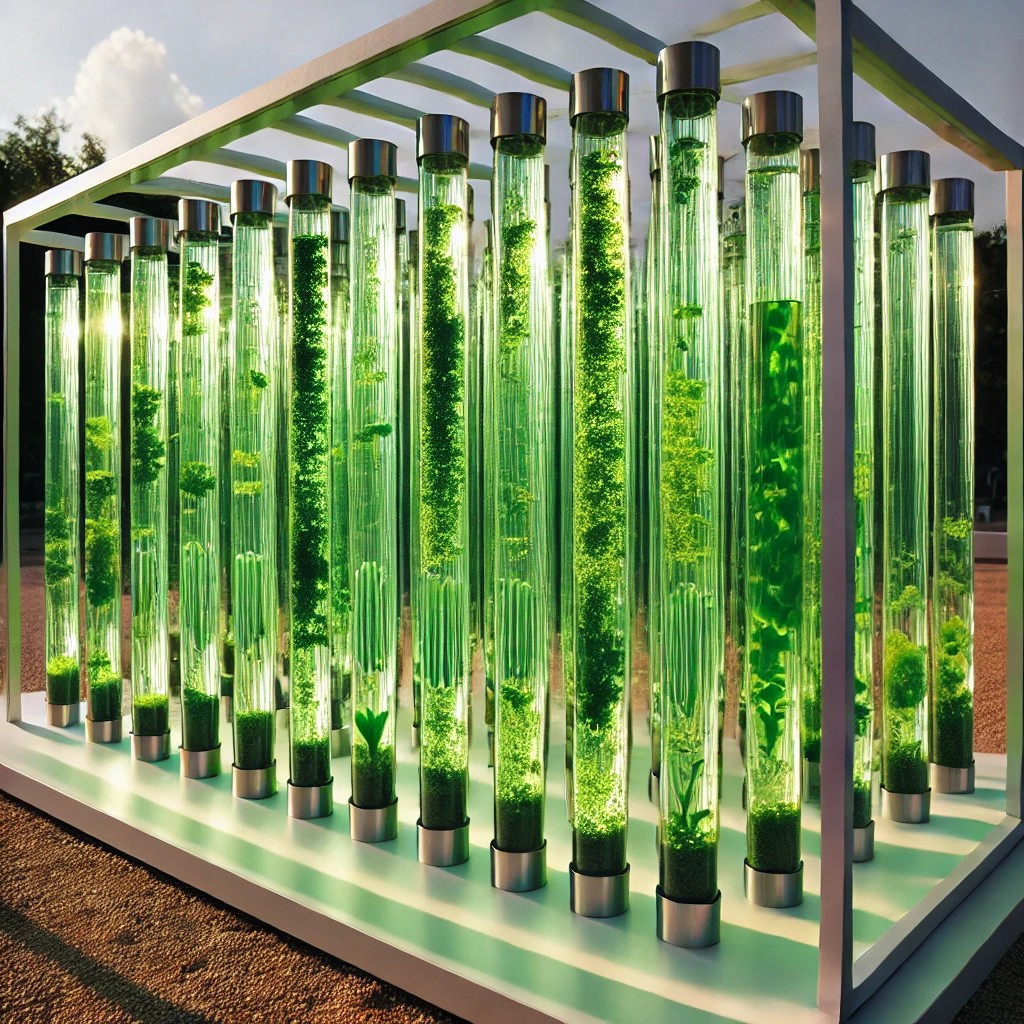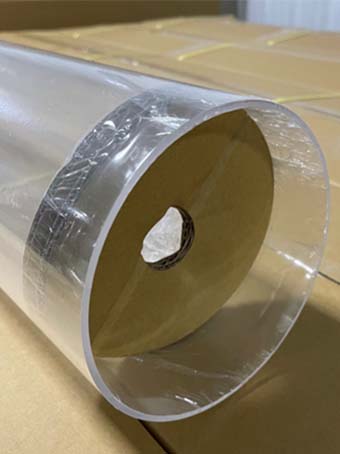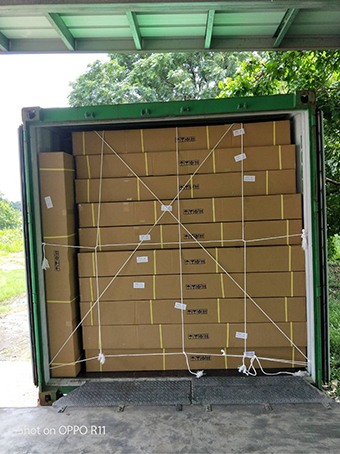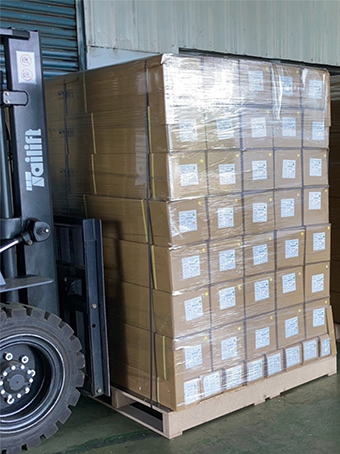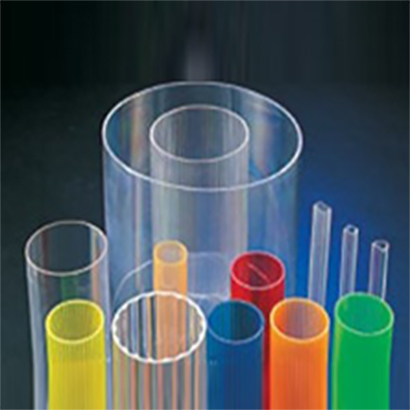Extruded Satine Tube
●Extruded Satine Tube is a translucency tube with matt surface.
●Balances ratio of light diffusion and transmittance.
●Suitable for displays in furniture and light fixtures.
●This product is made to order. Please provide the required dimensions, and we will assess and offer a quotation based on your needs.
Description
Extruded Satine Tube Specifications

| Outter Dia. (mm) | Inner Dia. (mm) | Thickness (mm) | Outter Dia. Tolerance | Length (mm) |
| 5 | 3 | 1 | ± 0.15 | 2000 |
| 6 | 4 | 1 | ± 0.15 | 2000 |
| 7 | 5 | 1 | ± 0.15 | 2000 |
| 8 | 6 | 1 | ± 0.15 | 2000 |
| 8 | 5 | 1.5 | ± 0.15 | 2000 |
| 10 | 8 | 1 | ± 0.20 | 2000 |
| 10 | 7 | 1.5 | ± 0.20 | 2000 |
| 10 | 6 | 2 | ± 0.20 | 2000 |
| 12 | 10 | 1 | ± 0.20 | 2000 |
| 12 | 8 | 2 | ± 0.20 | 2000 |
| 12 | 6 | 3 | ± 0.20 | 2000 |
| 13 | 9 | 3 | ± 0.20 | 2000 |
| 13 | 7 | 3 | ± 0.20 | 2000 |
| 14 | 10 | 2 | ± 0.20 | 2000 |
| 14 | 8 | 3 | ± 0.20 | 2000 |
| 15 | 13 | 1 | ± 0.20 | 2000 |
| 15 | 11 | 2 | ± 0.20 | 2000 |
| 15 | 9 | 3 | ± 0.20 | 2000 |
| 16 | 12 | 2 | ± 0.30 | 2000 |
| 16 | 10 | 3 | ± 0.30 | 2000 |
| 18 | 14 | 2 | ± 0.30 | 2000 |
| 18 | 12 | 3 | ± 0.30 | 2000 |
| 20 | 18 | 1 | ± 0.30 | 2000 |
| 20 | 16 | 2 | ± 0.30 | 2000 |
| 20 | 14 | 3 | ± 0.30 | 2000 |
| 22 | 18 | 2 | ± 0.30 | 2000 |
| 22 | 16 | 3 | ± 0.30 | 2000 |
| 25 | 21 | 2 | ± 0.40 | 2000 |
| 25 | 19 | 3 | ± 0.40 | 2000 |
| 28 | 24 | 2 | ± 0.40 | 2000 |
| 28 | 22 | 3 | ± 0.40 | 2000 |
| 30 | 26 | 2 | ± 0.40 | 2000 |
| 30 | 24 | 3 | ± 0.40 | 2000 |
| 30 | 22 | 4 | ± 0.40 | 2000 |
| 30 | 20 | 5 | ± 0.40 | 2000 |
| 32 | 28 | 2 | ± 0.40 | 2000 |
| 32 | 26 | 3 | ± 0.40 | 2000 |
| 32 | 24 | 4 | ± 0.40 | 2000 |
| 35 | 31 | 2 | ± 0.40 | 2000 |
| 35 | 29 | 3 | ± 0.40 | 2000 |
| 38 | 34 | 2 | ± 0.40 | 2000 |
| 38 | 32 | 3 | ± 0.40 | 2000 |
| 38 | 30 | 4 | ± 0.40 | 2000 |
| 38 | 38 | 5 | ± 0.40 | 2000 |
| 40 | 36 | 2 | ± 0.40 | 2000 |
| 40 | 34 | 3 | ± 0.40 | 2000 |
| 40 | 32 | 4 | ± 0.40 | 2000 |
| 40 | 30 | 5 | ± 0.40 | 2000 |
| 45 | 41 | 2 | ± 0.40 | 2000 |
| 45 | 39 | 3 | ± 0.40 | 2000 |
| 45 | 37 | 4 | ± 0.40 | 2000 |
| 45 | 35 | 5 | ± 0.40 | 2000 |
| 50 | 46 | 2 | ± 0.40 | 2000 |
| 50 | 44 | 3 | ± 0.40 | 2000 |
| 50 | 42 | 4 | ± 0.40 | 2000 |
| 50 | 40 | 5 | ± 0.40 | 2000 |
| 60 | 56 | 2 | ± 0.40 | 2000 |
| 60 | 54 | 3 | ± 0.40 | 2000 |
| 60 | 52 | 4 | ± 0.40 | 2000 |
| 60 | 50 | 5 | ± 0.40 | 2000 |
| 70 | 66 | 2 | ± 0.60 | 2000 |
| 70 | 64 | 3 | ± 0.60 | 2000 |
| 70 | 62 | 4 | ± 0.60 | 2000 |
| 70 | 60 | 5 | ± 0.60 | 2000 |
| 80 | 76 | 2 | ± 0.60 | 2000 |
| 80 | 74 | 3 | ± 0.60 | 2000 |
| 80 | 72 | 4 | ± 0.60 | 2000 |
| 80 | 70 | 5 | ± 0.60 | 2000 |
| 90 | 86 | 2 | ± 0.60 | 2000 |
| 90 | 84 | 3 | ± 0.60 | 2000 |
| 90 | 82 | 4 | ± 0.60 | 2000 |
| 90 | 80 | 5 | ± 0.60 | 2000 |
| 100 | 96 | 2 | ± 0.80 | 2000 |
| 100 | 94 | 3 | ± 0.80 | 2000 |
| 100 | 92 | 4 | ± 0.80 | 2000 |
| 100 | 90 | 5 | ± 0.80 | 2000 |
| 110 | 104 | 3 | ± 1.00 | 2000 |
| 110 | 102 | 4 | ± 1.00 | 2000 |
| 110 | 100 | 5 | ± 1.00 | 2000 |
| 120 | 114 | 3 | ± 1.00 | 2000 |
| 120 | 112 | 4 | ± 1.00 | 2000 |
| 120 | 110 | 5 | ± 1.00 | 2000 |
| 125 | 119 | 3 | ± 1.00 | 2000 |
| 125 | 117 | 4 | ± 1.00 | 2000 |
| 125 | 115 | 5 | ± 1.00 | 2000 |
| 130 | 124 | 3 | ± 1.20 | 2000 |
| 130 | 122 | 4 | ± 1.20 | 2000 |
| 130 | 120 | 5 | ± 1.20 | 2000 |
| 133 | 127 | 3 | ± 1.20 | 2000 |
| 133 | 125 | 4 | ± 1.20 | 2000 |
| 133 | 123 | 5 | ± 1.20 | 2000 |
| 140 | 134 | 3 | ± 1.20 | 2000 |
| 140 | 132 | 4 | ± 1.20 | 2000 |
| 140 | 130 | 5 | ± 1.20 | 2000 |
| 150 | 144 | 3 | ± 1.20 | 2000 |
| 150 | 142 | 4 | ± 1.20 | 2000 |
| 150 | 140 | 5 | ± 1.20 | 2000 |
| 160 | 154 | 3 | ± 1.50 | 2000 |
| 160 | 152 | 4 | ± 1.50 | 2000 |
| 160 | 150 | 5 | ± 1.50 | 2000 |
| 170 | 164 | 3 | ± 1.50 | 2000 |
| 170 | 162 | 4 | ± 1.50 | 2000 |
| 170 | 160 | 5 | ± 1.50 | 2000 |
| 180 | 174 | 3 | ± 1.80 | 2000 |
| 180 | 172 | 4 | ± 1.80 | 2000 |
| 180 | 170 | 5 | ± 1.80 | 2000 |
| 185 | 179 | 3 | ± 1.85 | 2000 |
| 185 | 177 | 4 | ± 1.85 | 2000 |
| 185 | 175 | 5 | ± 1.85 | 2000 |
| 200 | 194 | 3 | ± 2.00 | 2000 |
| 200 | 192 | 4 | ± 2.00 | 2000 |
| 200 | 190 | 5 | ± 2.00 | 2000 |
| 230 | 222 | 4 | ± 2.30 | 2000 |
| 230 | 220 | 5 | ± 2.30 | 2000 |
| 250 | 242 | 4 | ± 2.50 | 2000 |
| 250 | 240 | 5 | ± 2.50 | 2000 |
※ Please click here![]() to see the specifications of our Extruded Satine Tube.
to see the specifications of our Extruded Satine Tube.
Extruded Satine Tube Features
• Satin Tube has a warm and soft surface
• Satin Tube is also insensitive to traces of wear and finger marks.
Extruded Satine Tube Application
• Installation of artwork
• lampshade
Extruded Satine Tube Attention
• Do not coexist with other organic solvents, let alone expose them to organic solvents.
• Cannot be used at temperatures above 85 degrees celsius.
Related Applications
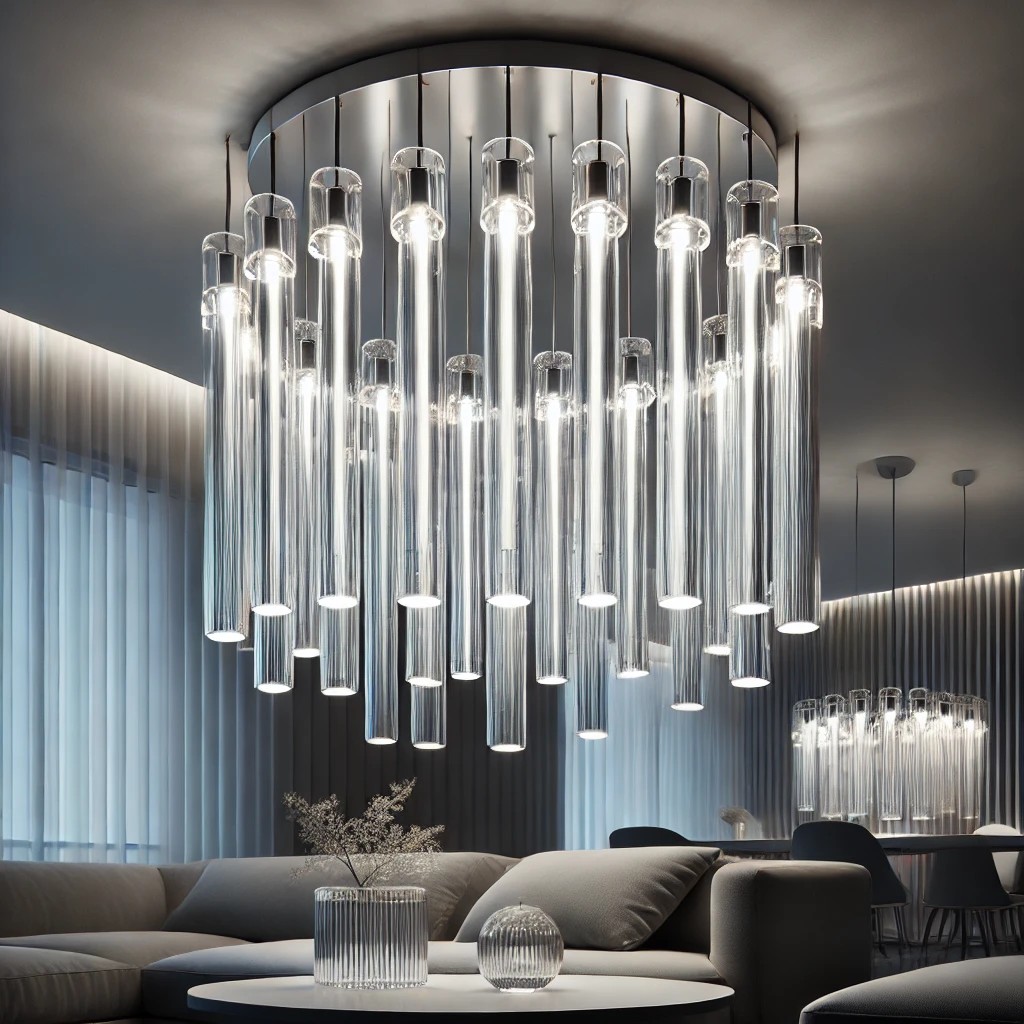

.jpg)


- Cutting: Cutting according to the size required by customers, the precision tolerance can reach ±0.5mm
- Polishing: Treat the acrylic surface with a diamond polishing machine to make it smooth and translucent.
- Drilling: Drilling according to customer's requirements, and it is matched with customer's sample kit.
- Bending: Bending according to customer's requirements, heating the acrylic tube, and then bending with jigs.
- Chamfering: The edge of the acrylic pipe is chamfered to reduce sharp edges.
- Printing: Print patterns, words or images onto the acrylic surface to achieve personalized decorative effects.
- Laser cutting: Using high-power laser beams for precise cutting can achieve diverse cutting needs.
- Assembly: process and assemble with the accessories required by customers to complete one continuous line service.
- SMEACRYLIC® is a Taiwan based manufacturer which was founded in year 1980, a Professional Manufacturer in Extrusion Technology.
- We specializes in extruding various kinds of plastic Profiles, Tubes, Rods and Sheets which be used in displays, decorations, lighting, illuminated advertising, architectures and a lot more applications.
- Approximately 90% of our products are exported to over 40 countries worldwide including numerous well-known brands. Over the years, we have expanded to become the market leader in extrusion field in Asia.


We insist on using 100% virgin materials.
We insist on using international branded raw materials (Sumipex, Mitsubishi, Evonik)
We insist on keeping sample records of raw materials, all raw materials are traceable.
- We developed on line catalogue for our customers.
- Stock system always offers efficient prompt delivery.
- Samples available for most of our products.
- Our home-made moulds offer fast and precision work to ensure customers' satisfaction.
- Efficient ISO-9001 managing system ensures quality stability.













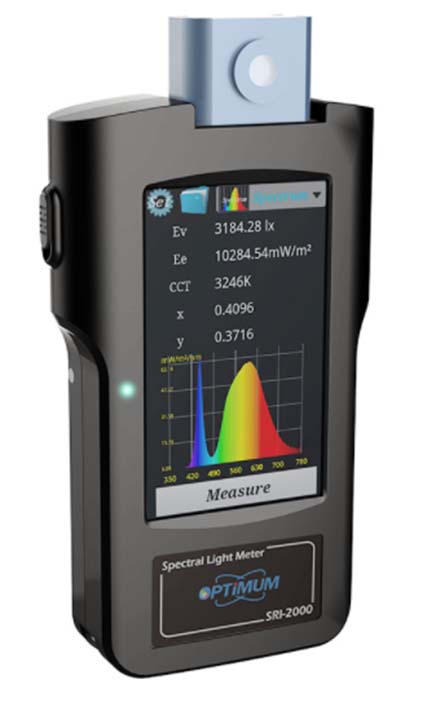
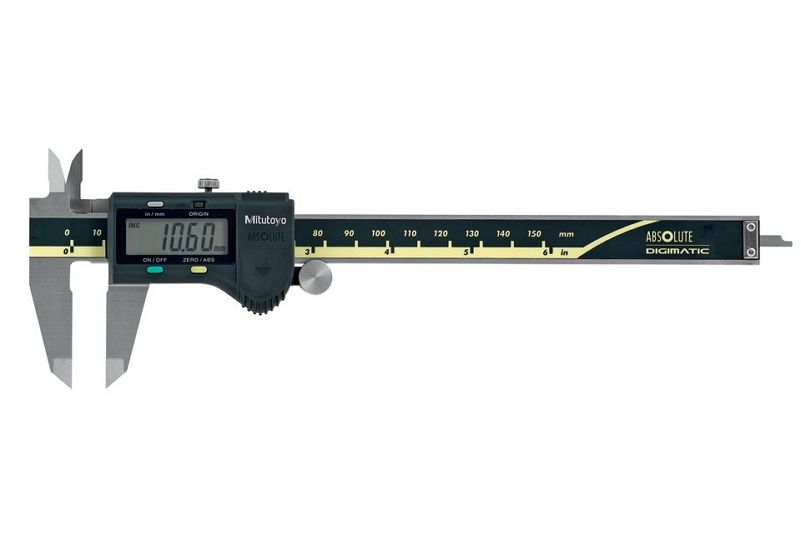
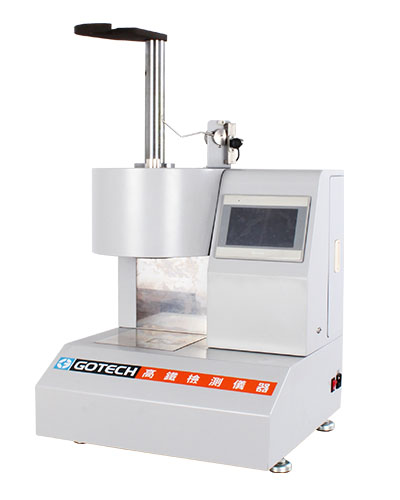
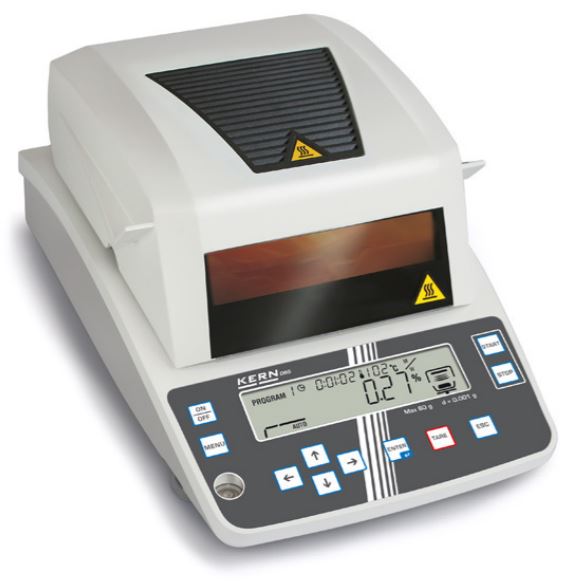
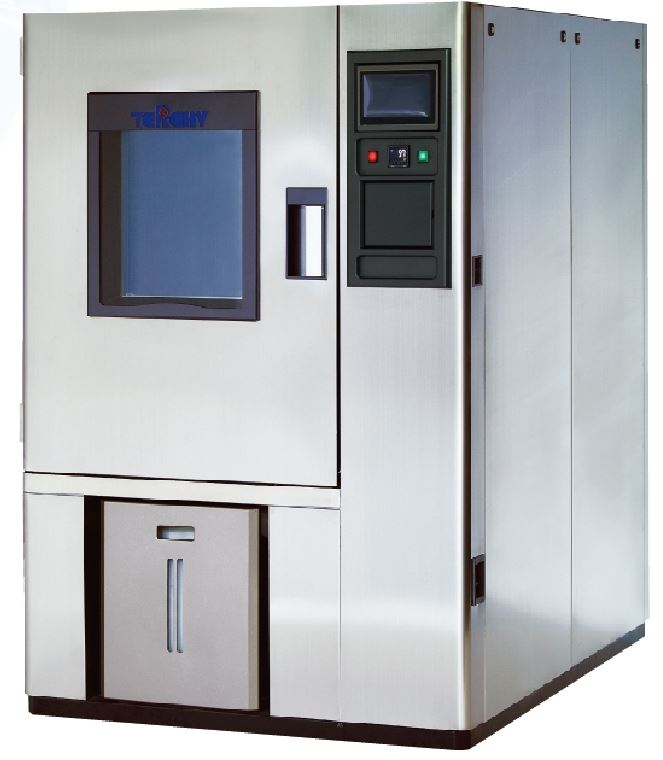


- Exclusive shrink film packaging slows down the water absorption of acrylic
- Giving you a good cutting experience
- Effectively avoid scratches on acrylic tube surface during cutting
- Small tubes are bundled to increase the strength and are not easy to break
- Bubble Wrap protects the tubes druing transportation
- Carton protection, convenient for warehouse management
- Square package, maximizing the storage capacity of the warehouse






